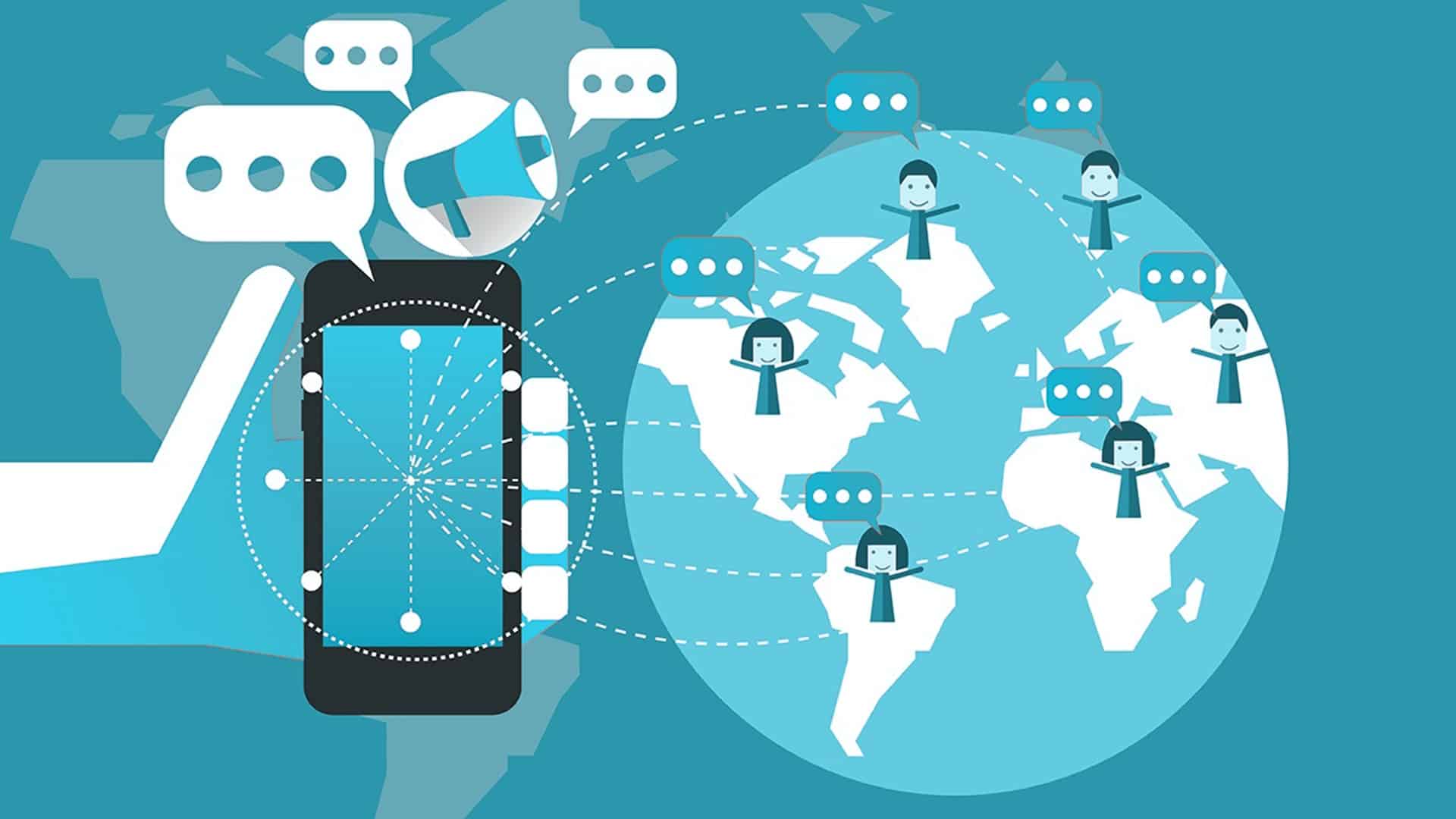From Local to Global: How a Website Expands Your Reach
In today’s digital-first world, the phrase “think global, act local” has taken on a whole new meaning—especially for businesses. Whether you’re a local bakery, a freelance designer, or a niche eCommerce brand, having a website can transform your reach far beyond your physical location.
In this post, we’ll explore how a website acts as a powerful tool to move your brand from local to global, helping you grow your audience, increase sales, and establish long-term success.
Why Having a Website Is Non-Negotiable
Before we dive into the how, let’s briefly touch on the why.
In 2025, over 5 billion people are actively using the internet. If your business doesn’t have a digital presence, you’re essentially invisible to a massive global market.
Here’s what a website brings to the table:
-
24/7 visibility – Your business is accessible anytime, anywhere.
-
Credibility – A professional website builds trust.
-
Marketing power – It’s the hub for SEO, content, social media, and paid ads.
-
Scalability – Whether you serve five customers or five thousand, your website scales with you.
Now let’s dive into exactly how to expand from local roots to a global presence using a website.
Step-by-Step Guide: Expanding Your Reach with a Website
Step 1: Establish a Solid Online Foundation
✔ Choose the Right Domain Name
Your domain should be memorable, relevant, and easy to spell. If possible, go for a .com or a relevant country code (like .co.uk or .ca) depending on your target market.
Tip: If you plan to go global, avoid hyper-local terms like your city name in the domain.
✔ Invest in a Professional Website Design
A cluttered or amateur-looking site can turn away potential international customers. Work with a web designer or use high-quality templates to ensure your site is:
-
Mobile-responsive
-
Fast-loading
-
Easy to navigate
-
Aligned with your branding
Step 2: Optimize for Search Engines (SEO)
SEO is what makes your site discoverable on Google and other search engines.
✔ Focus on Global Keywords
Instead of only ranking for local terms like “coffee shop in Portland,” aim for more universal keywords like “artisan coffee delivered worldwide” or “organic coffee subscription.”
✔ Use Hreflang Tags (If Multilingual)
If you plan to serve customers in different languages, implement hreflang tags to show the correct language version of your website to international users.

✔ Create Evergreen, Value-Driven Content
Blog posts, videos, and tutorials that solve problems or offer insights will naturally attract global traffic.
Examples:
-
How-to guides relevant across borders
-
Product usage tips
-
Thought leadership in your niche
Step 3: Enable International Shipping or Digital Access
If you’re selling physical products, partner with couriers that offer international shipping. Make sure your checkout system supports multiple currencies and international address formats.
Selling digital products or services? Even better. These are instantly accessible to a worldwide audience with minimal barriers.
Step 4: Build Trust with a Global Audience
People buy from businesses they trust. For an international customer, trust is built through transparency and communication.
✔ Add Trust Signals
-
Display reviews and testimonials from customers in different countries.
-
Use secure checkout (HTTPS and SSL).
-
Show verified badges or certifications.
✔ Offer Multiple Contact Options
Include live chat, email, and even WhatsApp or other globally used platforms. Ensure your contact forms work properly across all devices.
Step 5: Leverage Social Media and Content Marketing
Your website is your home base, but social media and content marketing are your highways to global visibility.
✔ Use Social Platforms Strategically
Each platform has its own audience and geographical reach. Consider:
-
Instagram for visual branding
-
LinkedIn for B2B connections
-
YouTube for tutorials and product demos
-
TikTok for viral reach
Drive this traffic back to your website through:
-
Blog links
-
Lead magnets
-
Special offers
✔ Run Targeted Ad Campaigns
Use Google Ads or Meta Ads (Facebook/Instagram) to test new international markets. Direct users to landing pages tailored for their region.
Step 6: Localize (Not Just Translate)
Localization goes beyond language—it includes cultural preferences, payment methods, and design expectations.
Example: A customer in Japan may expect different aesthetics, customer service styles, or even product descriptions than someone in the U.S.

✔ Tailor Content for Specific Markets
-
Adjust tone and phrasing
-
Use familiar imagery or references
-
Offer local currency and shipping info
Tools like Weglot or Lokalise can help automate localization efficiently.
FAQs: From Local to Global with a Website
1. Can a small business really go global with just a website?
Absolutely. Thousands of solo entrepreneurs and small teams have grown international audiences thanks to strategic website use. It doesn’t require massive investment—just the right approach.
2. Do I need a separate website for each country?
Not necessarily. You can use one main website with localized subdomains (e.g., us.yoursite.com, fr.yoursite.com) or simply add language selectors and currency options.
3. How long does it take to start seeing international traffic?
With good SEO and content strategy, you could start attracting global traffic within a few months. Paid advertising can accelerate this process significantly.
4. What’s the best platform for a global-ready website?
Platforms like Shopify, WordPress with WooCommerce, and Wix all offer features for global sales, multilingual content, and currency support. Choose based on your business type and tech comfort level.
5. What if I only offer services locally?
Even service providers can benefit from a broader presence. Think about online consultations, digital products, or licensing opportunities that can expand your service area.
Final Thoughts: Your Website Is the Gateway to the World
Gone are the days when growing your business meant opening more physical locations or moving into big cities. With a well-optimized website, you can reach a customer in Tokyo just as easily as someone around the corner.
Whether you’re selling handcrafted jewelry, offering virtual coaching, or sharing educational content, your website is the most powerful tool you have to go from local to global.
So take that step. The world is waiting.





